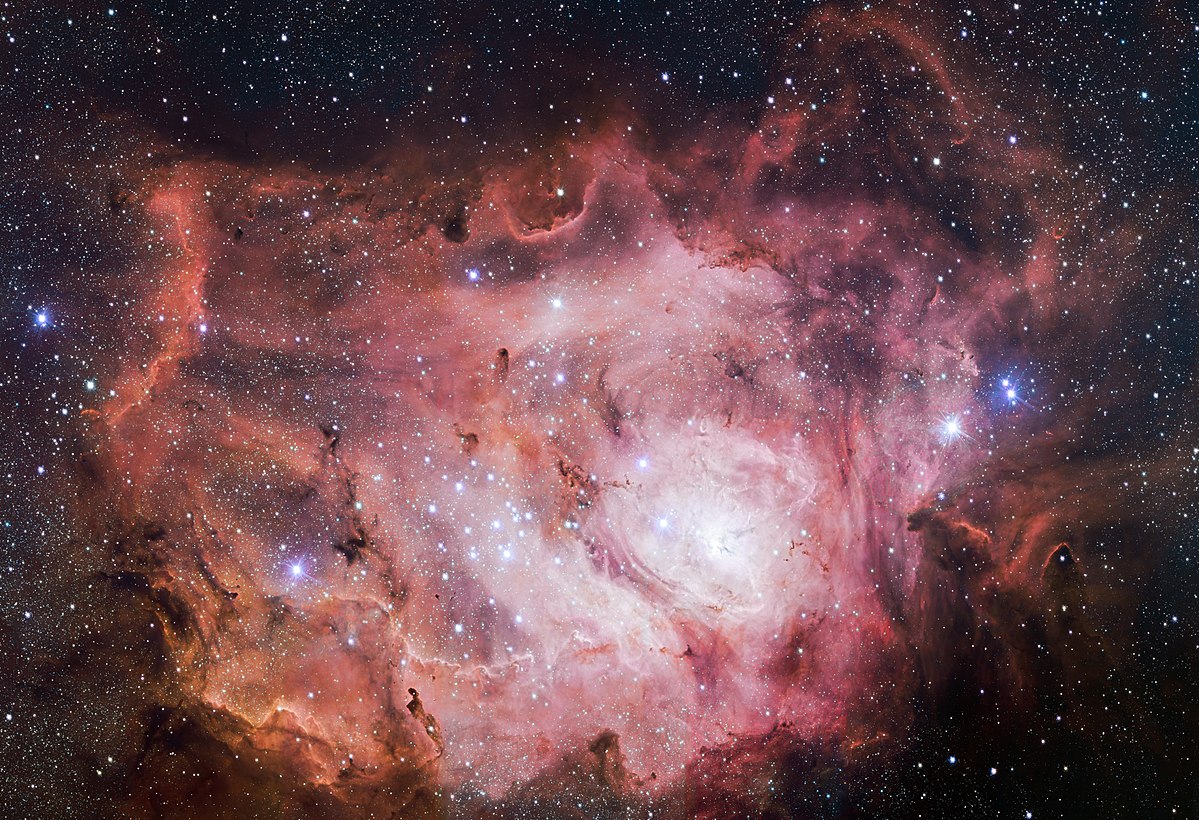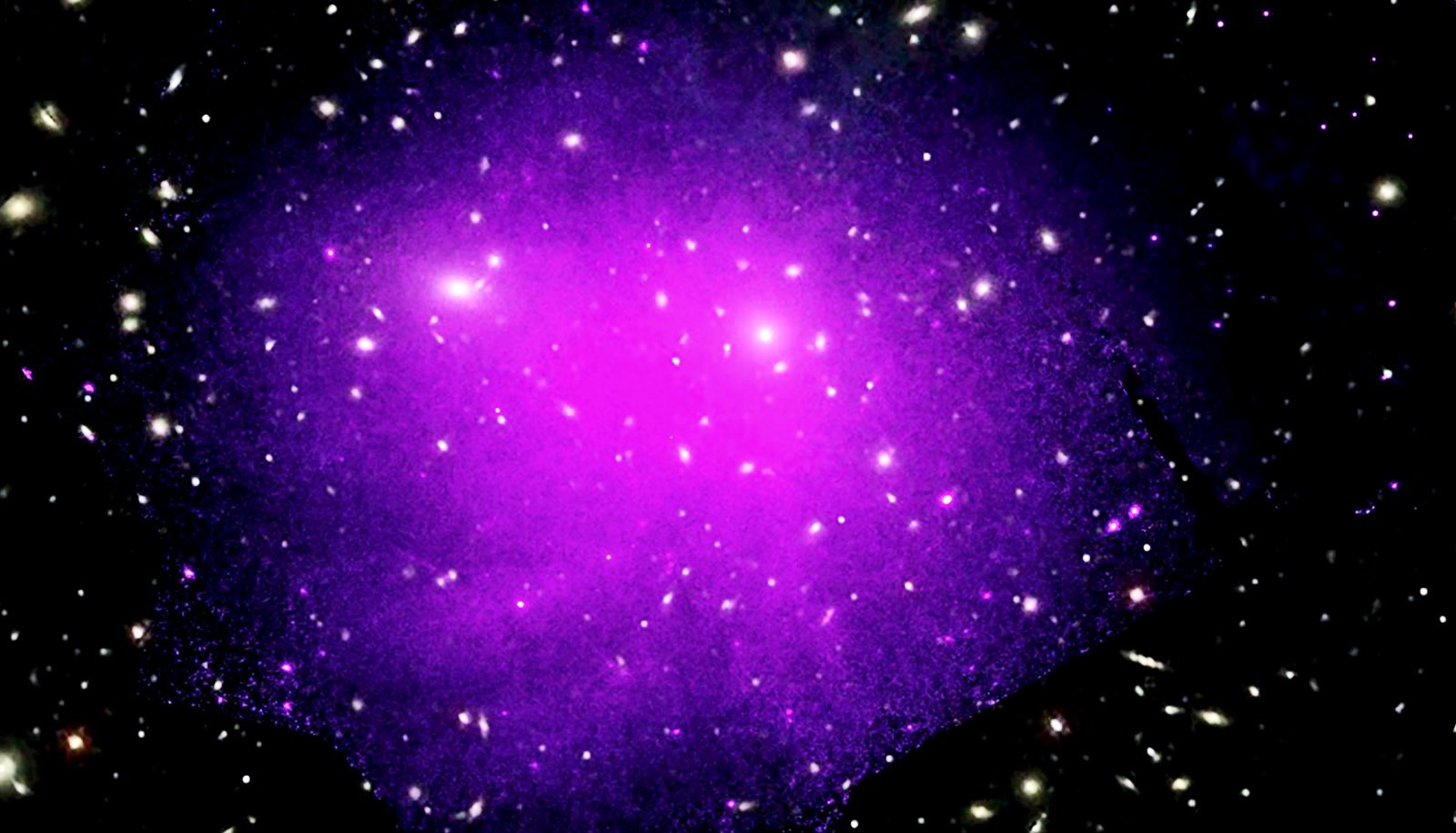The “fourth state of matter,” following the well-known solid, liquid, and gas phases, is plasma. A plasma is a gas that has reached such a high temperature that some or all of its atoms have been divided into independent moving electrons and ions or both. Ions and/or electrons, which are charged particles, make up a sizeable amount of them. Plasma differs from the other basic states of matter principally due to the presence of these charged particles.
As early as 1913, Kristian Birkeland, a Norwegian physicist, and adventurer asserted that plasma fills space. In 1913, he wrote that assuming that there are all kinds of flying electric ions and electrons in space. Birkeland believed that “empty” space should contain the majority of the universe’s mass.
Hannes Alfvén, a plasma physicist, proposed in 1937 that if plasma filled the universe, it may produce a galactic magnetic field. Alfvén created magnetohydrodynamics in the 1940s and 1950s, allowing plasmas to be represented as fluid waves. For this discovery, Alfvén was awarded the 1970 Nobel Prize in Physics. Alfvén subsequently suggested that this would serve as the foundation for plasma cosmology, albeit this idea has come under fire in recent years.
Scientists theorize the cosmos was initially in a state of plasma before recombination. Subsequently, much of the universe underwent the reionization process after the creation of the first quasars.
Plasma is a state of matter that is virtually uncommon on Earth but prevalent across the Solar System and beyond. It is abundant in the solar corona and solar wind, the magnetospheres of the Earth and other planets, comet tails, interstellar and intergalactic media, and the accretion disks surrounding black holes. Space plasma holds nearly 99 percent of known matter.
The bulk of stars, the leading edges of lightning, and the Earth’s ionosphere are all made of plasma. Despite being a gas, plasma is regarded to have its type of matter due to a number of unique characteristics.
As a matter of fact, the elements that make up the Sun exist in the state of plasma because they cannot exists as gases due to their extremely high temperatures. Sun is categorized by astronomers as a star with average size, temperature, and brightness. Helium and hydrogen make up the majority of it (71 percent by mass) (27 percent by mass). The Sun’s enormous energy output results from thermonuclear fusion events that transform hydrogen atoms into helium atoms inside the core. The Sun’s energy output has been calculated to be 3.86 x 1023 kJ per second.
Plasmas can be significantly impacted by electrostatic and electromagnetic fields and forces since they are made up of electrically charged particles. This can result in very complicated and intriguing behavior. For several years, scientists have launched several inquiries to learn as much about plasma as they can so they can apply this information to nuclear energy generators.
While plasmas are rare on Earth, they can be found from the interior of a nuclear fusion reactor to a candle flame. In fact, the ionosphere is a thick plasma that surrounds the Earth and is surrounded by a tenuous plasma known as the solar wind.
Plasmas are also found in neon and fluorescent tubes, the crystal structure of metallic solids, and a variety of other phenomena and objects. They also make up the auroras, lightning, and welding arcs.
But how exactly does plasma occur? Plasmas occur when gas is sufficiently heated to cause the electrons to separate from their atoms, creating an ionized and conductive fluid. Despite being common in space, it is difficult to make in a lab on Earth.
These kinds of tests are not possible due to the harsh circumstances they must produce. It would need temperatures of 100 million kelvin to fuse two hydrogen atoms. Any materials utilized as encasements would evaporate at that temperature. It would also be necessary to use a confinement technique, such as a high magnetic field.
The region of space containing the Earth’s magnetic field is called the magnetosphere. This region is filled with the plasma of various densities and temperatures. The ionosphere or solar wind are the two sources of all the plasma in the magnetosphere.
The most significant practical uses of plasmas will likely be found in the area of power generation in the future. The primary way to produce electricity has been through using heat sources to turn water into steam, which powers turbo-generators.
The sun is used by scientists to observe plasma behavior in real-world circumstances. By studying the plasma through the sun, they can learn how to use the energy in magnetic confinement fusion reactors, which are nuclear energy generators.
The study of the Sun’s heated, ionized outer atmosphere and its interactions with the planets and other solar system bodies is known as space plasma physics.
In comparison to fission reactors, these are a safer, cleaner, and more effective option. Atoms are not fused together in fission reactors; instead, they are broken apart. Additionally, radioactive fuel like uranium was employed to power fission reactors.
There is an excellent illustration of what happens when a reactor breaks down is the Chernobyl incident in 1986. With the overflowing demand on the planet, better energy sources will be required on Earth. The study of plasma could be the key stepping stone to learning how to harness its potential as a viable energy source for the future.
Aside from being positioned as a viable tool to understand power generation, plasma has already been used in the area of space exploration. Researchers were able to work on containing plasma in a linear magnetic system thanks to the “plasma trap”.
They anticipate that it will eventually contribute to the development of a plasma engine prototype suited for space flight. To create the plasma, Russian scientists reached a temperature of 100,000 degrees. They eventually attained a sufficient density, which gave them information useful for continuing their work on developing a plasma-based rocket engine. These plasma-based rocket engines have great potential in the future of space exploration.


